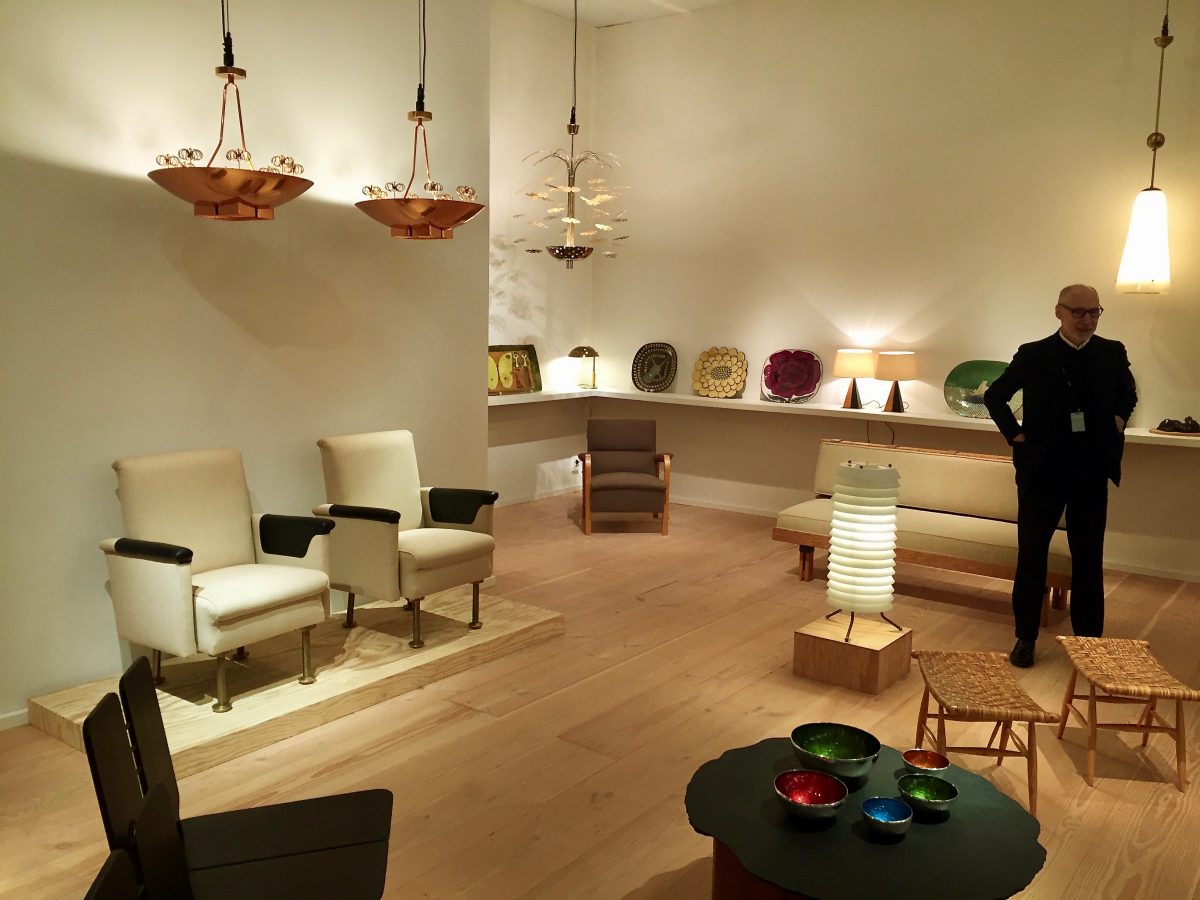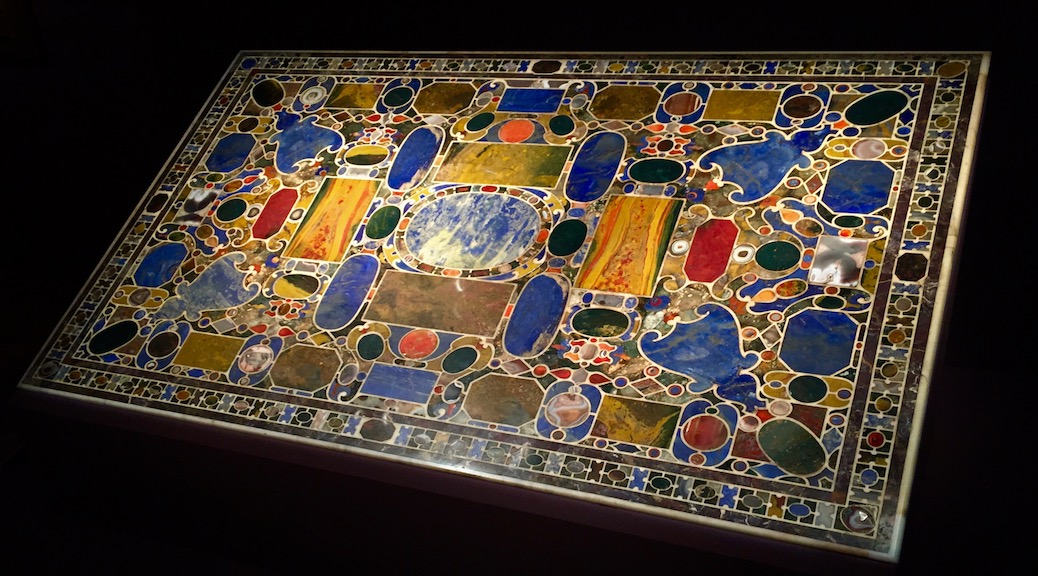
Scandinavian paintings at Tefaf
In the good ol’ days every Broadway show had weeks of previews out in the sticks. The European Fine Art Fair (Tefaf) only needed two previews to get it right. TEFAF Maastricht, 8-18 March 2018, see also my previous blog. […]
